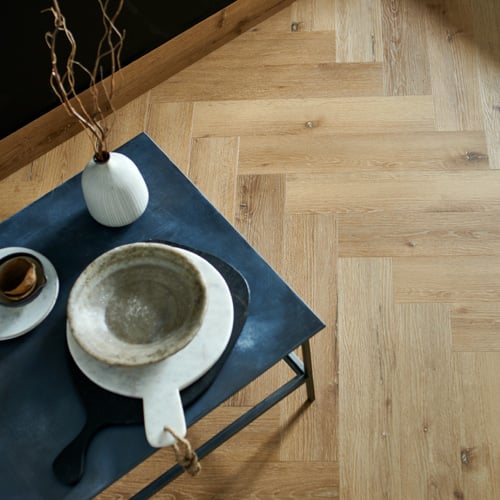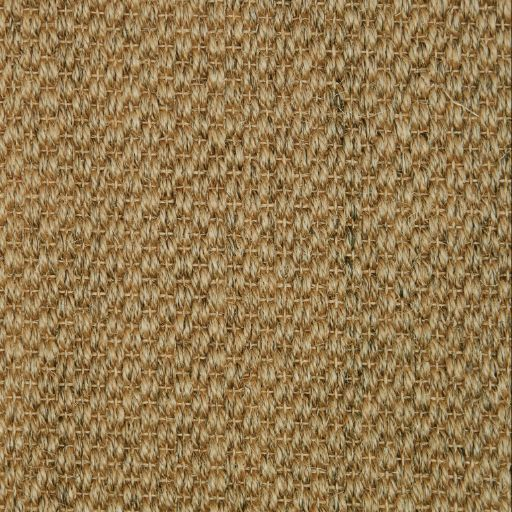When it comes to installing wood flooring, many homeowners and professionals alike face the common question: is an underlay necessary? While wood flooring can undoubtedly be installed without an underlay, the role and benefits of this seemingly auxiliary layer are significant. Let’s dive deep into the topic and uncover whether wood flooring truly requires underlay.
Understanding Underlay
At its core, underlay is a layer placed between the subfloor and the wood flooring. It can be made of various materials, including foam, rubber, cork, or felt. Though often overlooked, underlay plays a pivotal role in ensuring not only the longevity of your wooden floor but also enhancing its functional and aesthetic qualities.
The Advantages of Underlay for Wood Flooring
Sound Absorption: Wooden floors, especially when coupled with underlay, can significantly reduce noise transmission. Whether it’s the sound of footsteps or items dropping, an underlay can absorb and diminish the noise, making your living spaces quieter.
Thermal Insulation: Wood, by nature, is a good insulator. But when combined with the right underlay, it offers enhanced thermal insulation. This means rooms remain warmer during cold months and cooler during the hotter periods, potentially saving on energy bills.
Protection from Moisture: Some underlays come with a built-in moisture barrier. Especially important for ground-level or below installations, this moisture barrier prevents any dampness from the subfloor from reaching the wood. This is crucial because moisture can cause wood to warp, swell, or even rot over time.
Comfort: With an underlay, wooden floors feel softer and more comfortable underfoot. It provides a slightly cushioned feel, which can be especially noticeable in areas with high foot traffic.
Floor Longevity: The underlay acts as a shock absorber, protecting the wooden floor from direct contact with the subfloor and ensuring less wear and tear. This results in an extended lifespan of the wooden floor.
Leveling Minor Imperfections: An underlay can help smooth out minor bumps or depressions in the subfloor. Without it, these imperfections might translate to the surface of the wood flooring, causing unevenness or even damage over time.
When Might You Skip the Underlay?
While the benefits of underlay are undeniable, there are circumstances where it might be considered unnecessary:
Over Existing Wooden Floors: If you’re installing new wood flooring over an existing wooden floor, an underlay might not be crucial. The existing wooden floor essentially acts as its own underlay.
Plywood Subfloors: If the subfloor is made of a smooth, level plywood, the necessity for an underlay diminishes. However, this doesn’t account for the other benefits like sound and thermal insulation.
Choosing the Right Underlay
If you’ve decided to opt for underlay, it’s essential to choose the right type for your needs:
Foam: Lightweight and affordable, it offers basic cushioning and insulation.
Rubber: Offers excellent sound insulation and durability. Ideal for areas with high foot traffic.
Cork: Natural and sustainable, cork provides great thermal insulation and is also antimicrobial.
Felt: Dense and durable, it provides excellent sound absorption and is often recommended for hardwood flooring.
Conclusion
To underlay or not to underlay? For wood flooring, the answer leans heavily towards using it. The myriad benefits – from sound absorption and insulation to moisture protection and enhanced comfort – make a compelling case. However, individual circumstances and specific needs should guide the final decision.
Remember, the primary goal is to ensure the longevity of your wooden floor and enhance its performance. When chosen wisely, an underlay can significantly contribute to achieving this goal, making your wood flooring an investment that stands the test of time.
Back to Feed

